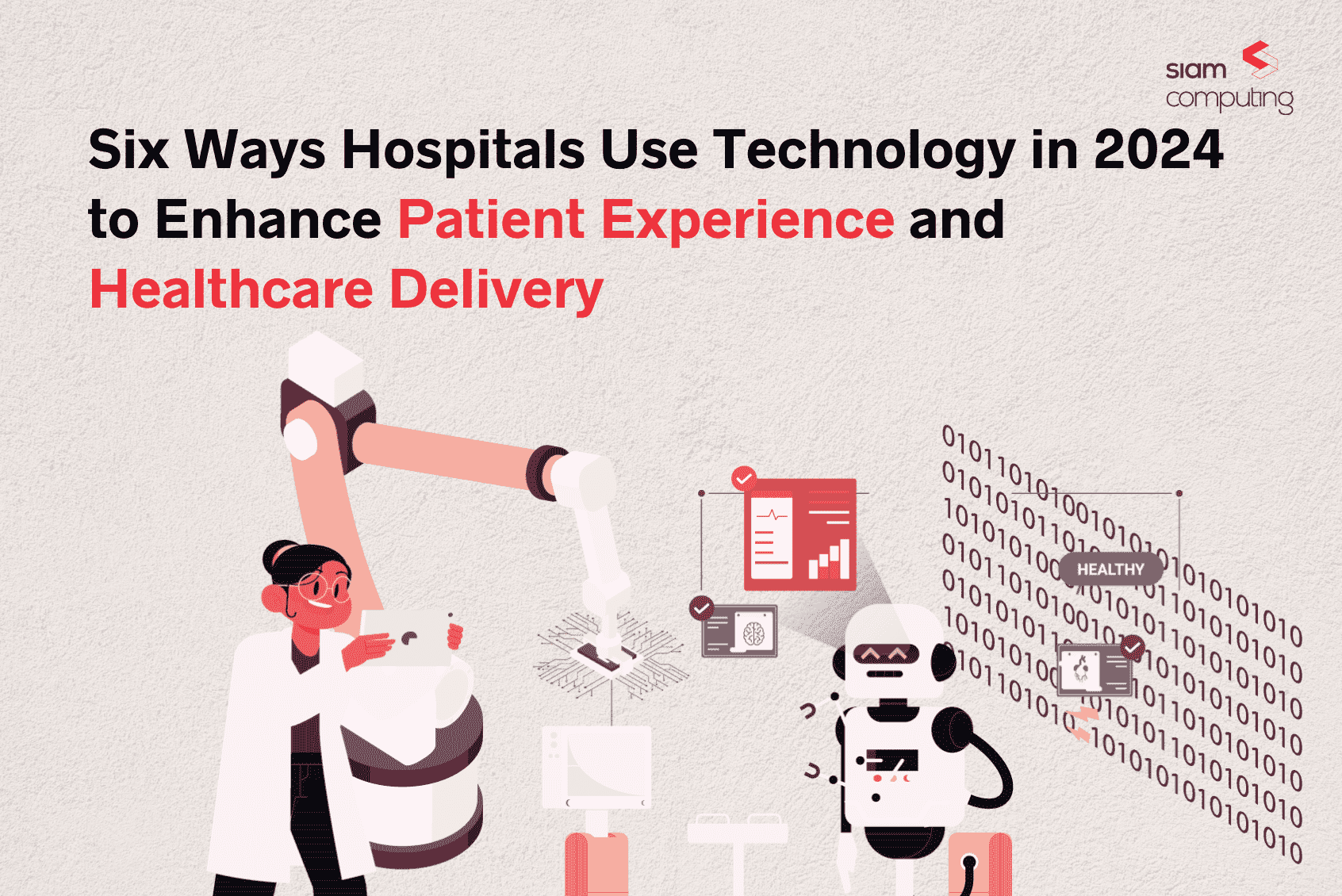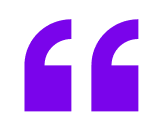The product vision is the complete idea of the product line or product. It is an entire plan or direction in which the product will be ready and delivered in the future. The roadmap to the end product is what product vision is all about.
The product vision is basically a process to set the north star of your product. Each action that you take towards the product adds up to the end outcome. However, if any action is not helping your product achieve its vision then the value of that action should be moderated.
The product vision starts with the customer persona. What will the end-user be? What attributes would the end-user have? All these are a part of product vision, that should be given equal importance. All these clarifies your product and the end-user. Also, it gives you a clear idea of your aim, threats and opportunities. The product vision needs to be studied along with its components, which are:
Step 1: WHO will use the Product?
The product vision starts with designing the user persona for the product. Representing who will be the end-users who will engage with the product is the ultimate goal of this step. While the user persona is hypothetical of what you believe your end-customer will be like. However, the information of the persona should not be hypothetical.
You can create and download a free user persona here.
How will you create the persona? Here are some steps that will guide you to design the persona.
- Image: Try thinking of an image of the persona depending on what your customer will look like. Giving your persona a face will help you throughout the process. But, it should be a practical image and not a cheesy one. For instance, you can add the city, age, marital status of the user persona in this section.
- Frustrations: What is the concern of your persona or the current solutions to his or her problems? While penning down the frustrations, the first step is to identify the problems that your persona is going through in relation to the product. You can then portray the solutions in the form of features of the product.
- Comments: Add comments based on the questionnaire describing the attitude of your persona. For instance, what is the customer keen to have in the product or what matters him the most?
- Demographics: In this block, you need to add the lifestyle and background of the persona. It should reflect the demographics that you have collected in the interviews or questionnaires. For instance, the age of the student is 20 years, and his marital status is unmarried. These are the details that come under demographics.
Further, you can keep on adding the details you wish to. For instance, goals, challenges, bio, strengths, weaknesses, preferred channels, and more. You can have a look at the below example of a detailed user persona.

Photo Courtesy: Xtensio
Step 2: WHY are you building this?
A renowned author Simon Sinek, in his book “Start With Why” has emphasized knowing the WHY of the product. What was the core idea behind your product and why should one buy it? Once you have addressed this, the utility and success of the product shoot. Below is a video by Simon Sinek explaining the importance of this process.
In his book, he has described how giant brands are different just because they have adopted the “Why” factor in their product vision. For instance, Uber’s mission statement is
“Transportation as reliable as running water, everywhere for everyone.”
Uber’s mission statement gives a clear idea about their core idea and why should one buy their services.
Step 3: WHAT value will your product provide?
The next step towards a successful product vision is defining how you will solve the key problems. Each product that is developed in the market solves a problem. The product gets successful when there is a high utility or a strong solution. The success of the product depends on understanding the pain points of the end customer. Once defined, a solution can be worked on.
The idea of a value proposition canvas is to uncover the key products and services that you can offer to your users that solve their pains and help them gain. It helps identify pain relieves and gain creators which can help you give you a healthy starting point to think of different ideas.
The value proposition canvas shows how solving problems can help your brand.
The above video conveys a strong message that the business fails to deliver what is expected. Hence, the customer profile and value map are part of the value proposition canvas. It helps the business to figure out the pain points and gains. Based on this, the business decides how its product can be a pain reliever in different aspects. Hence, knowing the customer is the baseline of creating a value proposition canvas and creating value from the product.
Step 4: HOW will you build the Product?
Building a product roadmap is the final step towards your product vision. Here, the breakdown of your idea into multiple stages will help you to know the market fit. Ideally, your roadmap should convey the strategic process of building the product. The roadmap can be divided for different levels or designations or teams of the organization. For instance, the roadmap for engineers, internal roadmap, sales roadmap, etc.
Understanding the needs of the customers in product vision for startups is the first step towards rooting your foundation. Have you already started your journey of designing the product vision? Let us know your journey in the comments section below.
A sample product roadmap is shown below:

Photo Courtesy: Product Plan
The below process will help you achieve the roadmap goal efficiently.
- Frame a strategy: The first step towards creating a roadmap is to design a strategy of the product development process. Designing and putting up a strategy will help you to get a clear picture of the process.
- Set timelines: Once you have designed a strategy, you need to set timelines for each task. The timeline should be practical and achievable as over-committing things can hinder the entire process.
- Define work: The next step is to define the work for each task of the strategy. It can include defining master features, setting up the product requirements.
Collect feedback: Knowing that you’re going in the right direction is important. Hence, you need to collect the feedback to compare what was planned and where are things at this point of time. In case of any deviations, you need to amend and work on it again.
Step 5: What is product-market fit?
“The term Product/market fit describes ‘the moment when a startup finally finds a widespread set of customers that resonate with its Product.” Eric Ries
As Eric Ries has said, a product-market fit is when the customer expectations and the product intersects with each other. It is when a wide group of customers resonates with themselves or their needs with the product. When your product doesn’t need marketing, it is because the word of mouth of your product is strong. However, word of mouth can be strong only if you have delighted your customers.
Once you have created a product-market fit, create a minimum viable prototype and solicit feedback from your target audience through a survey. If possible, do one-on-one meetings and meet your target customers.
The valid feedback you get this way would be much more useful than just collecting the survey questionnaire. Once again you need to take down the customer problems from the prototype and work on the best possible solutions and refine the customer experience.
Finally,
It is crucial that the predetermined goals and initiatives create a bridge between product strategy and the features. Also, seeking the customers and stakeholder’s confirmation plays an important role in designing the product vision. Many products fail at the initial stage of this process which is not because of lack of knowledge but a lot of alienation between managers and end-user.
Understanding the needs of the customers in product vision for startups is the first step towards rooting your foundation. Have you already started your journey towards designing your product vision? Feel free to shoot us an email with your ideas and questions to hi@siamcomputing.com and get a free 30 min consultation.
We take startup founders through a 2-week discovery process helping them understand how to go about building their product. Get a free consultation if you are looking for product design and development, contact us.








